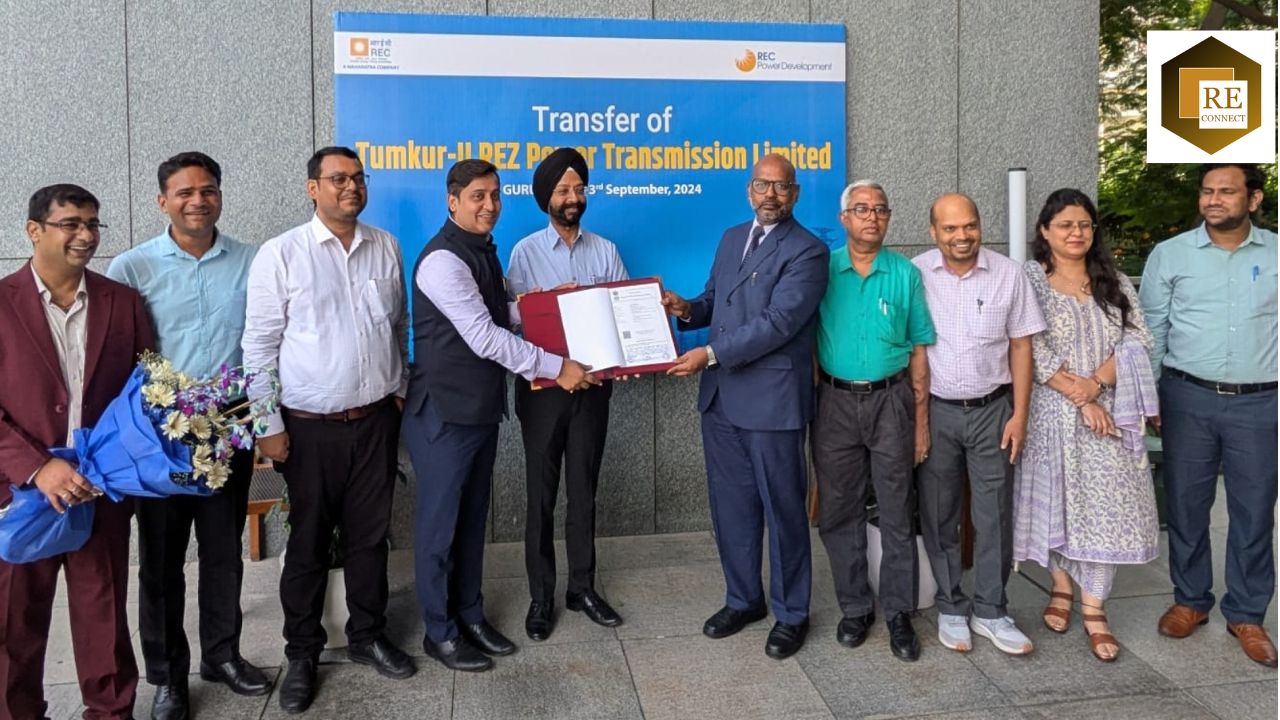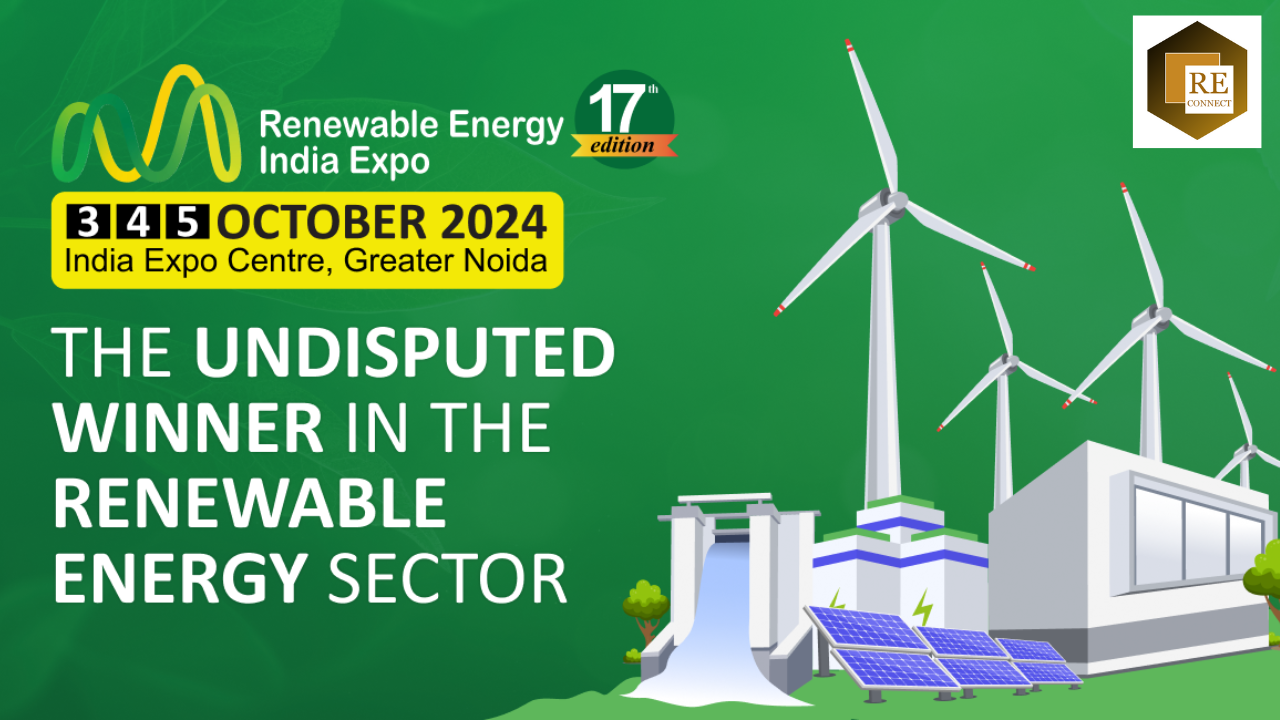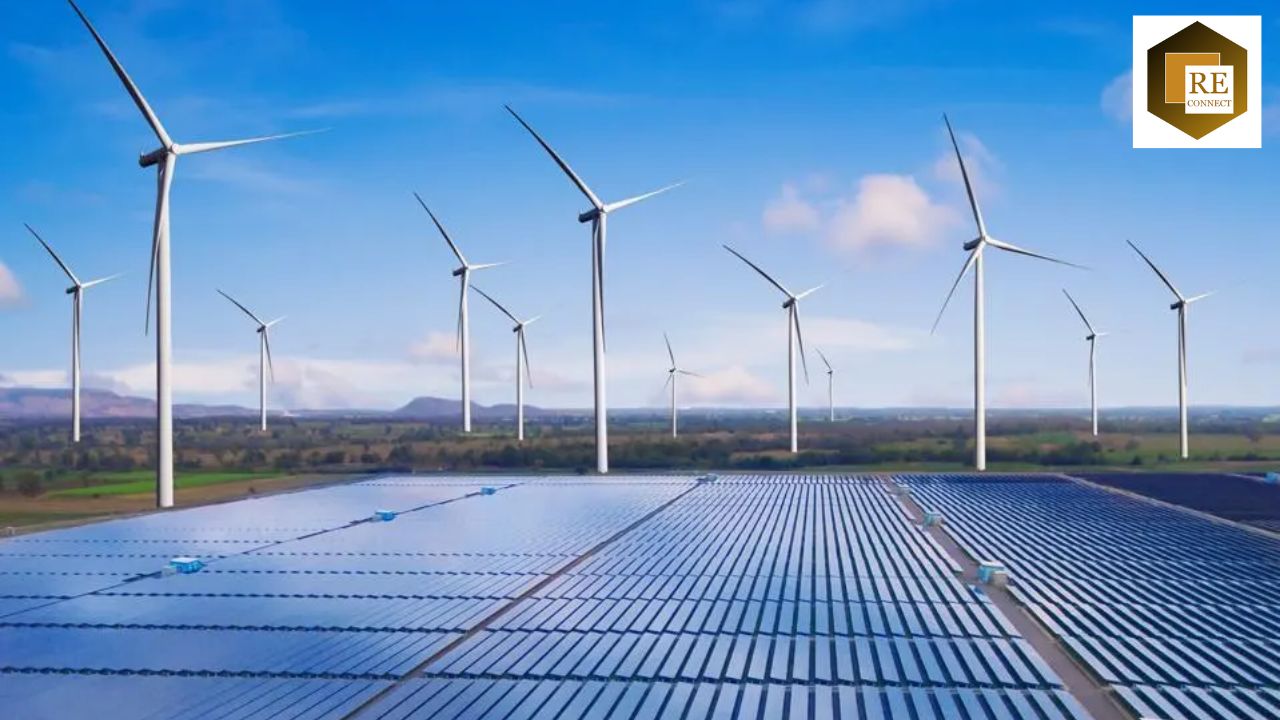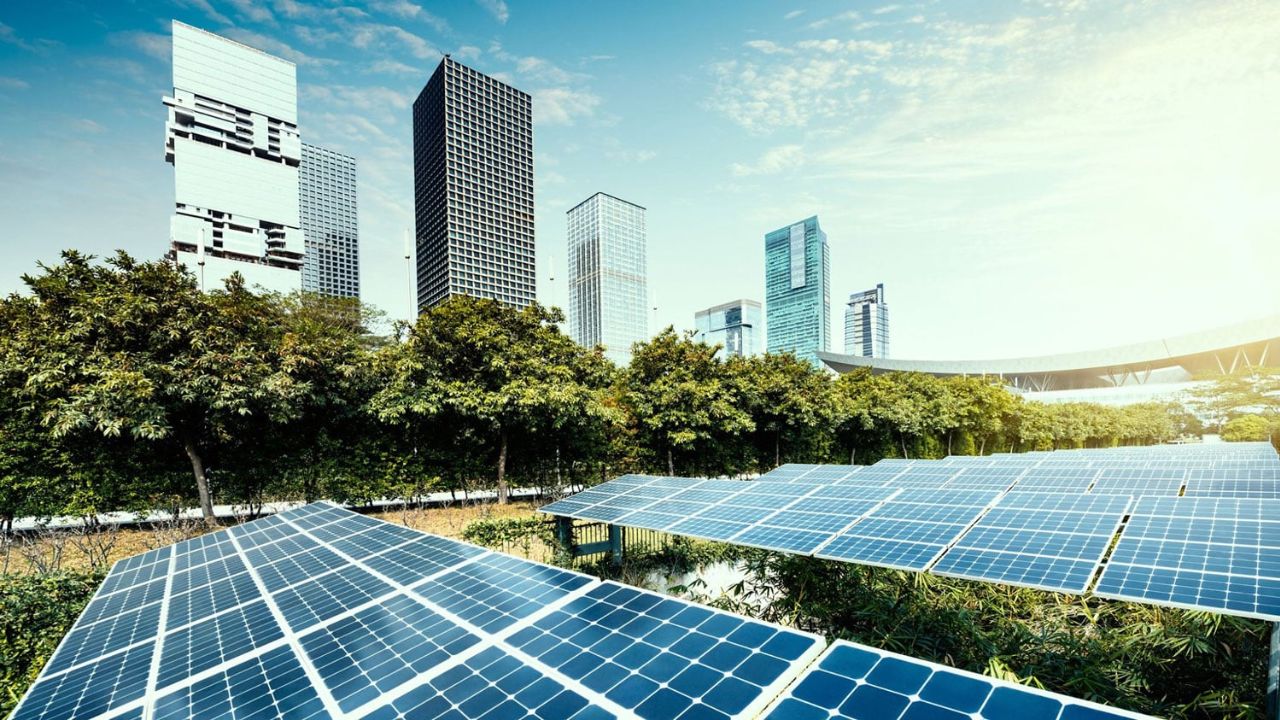
In a significant move to accelerate its renewable energy transition, the Kerala Cabinet has introduced a comprehensive set of guidelines to facilitate the development of floating solar power plants. This initiative is a crucial step toward achieving the state’s ambitious target of 3 gigawatts (GW) of renewable energy capacity. By leveraging the vast potential of reservoirs, backwaters, and abandoned mining pits, Kerala aims to establish itself as a leader in floating solar energy adoption.
A Structured Approach to Floating Solar Development
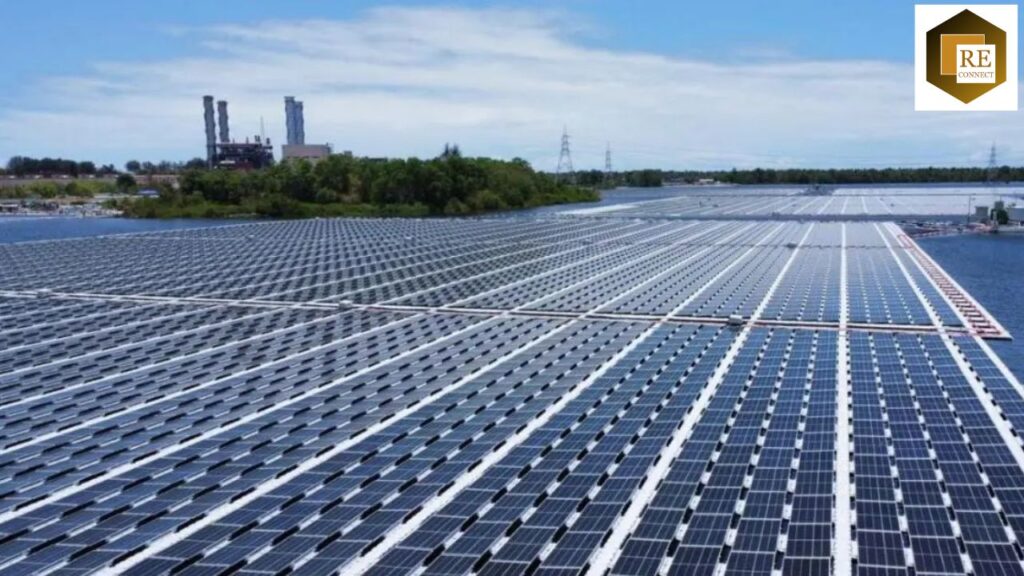
To streamline project implementation and attract investments, the state has introduced a structured, single-window system for site identification, developer applications, and project execution. The Agency for New and Renewable Energy Research and Technology (ANERT) has been designated as the nodal agency to oversee and coordinate these initiatives effectively.
Key Highlights of Kerala’s Floating Solar Guidelines
1. District-Level Site ‘Banks’
Each district in Kerala will create a repository of potential locations for floating solar projects, encompassing both government and privately owned water bodies. This systematic approach ensures that suitable sites are readily available for development, reducing delays in project approvals.
2. Three-Mode Application Framework
The guidelines establish a flexible application process catering to different stakeholders:
- Government-Initiated Projects: Sites identified by government agencies will be made available through tenders or expressions of interest (EOI).
- Developer-Proposed Projects: Developers can propose projects on privately owned water bodies, enhancing investment opportunities.
- Projects in Land Bank Sites: Developers can apply for projects within pre-approved land bank sites, expediting the clearance process.
3. Strong Oversight with High-Level and District Committees
To ensure seamless project execution, oversight committees have been established at both the state and district levels:
- State-Level Committee: Led by the Chief Secretary, this committee will facilitate policy decisions and address regulatory challenges.
- District-Level Committees: Headed by District Collectors, these panels will focus on identifying sites, expediting approvals, and ensuring smooth implementation.
4. Categorization of Sites Based on Energy Potential
To maximize energy generation, the guidelines classify floating solar project sites into two primary categories:
- Category A: Reservoirs under the Kerala State Electricity Board (KSEB) and Water Resources Department. Utilizing just 10% of available space in these reservoirs has the potential to generate a staggering 5,000 MW of clean energy.
- Category B: Backwaters, freshwater bodies formed from mining and quarrying, and non-agricultural land. With the same 10% utilization approach, these areas have an estimated potential of 1,500 MW.
5. Priority in Power Procurement
To create a stable market for power generated from floating solar projects, the guidelines introduce a Right of First Refusal mechanism:
- KSEB will have priority in procuring power from these projects.
- For reservoirs managed by the Water Resources Department, the department will have the first right, followed by KSEB.
6. Developer-Friendly Project Development Model
To encourage private investment and innovation, the projects will follow a Build-Own-Operate (BOO) model. Additionally, developers are encouraged to integrate energy storage solutions covering up to 50% of the generated power, enhancing grid stability and reliability.
7. Integration with Emerging Technologies
Kerala’s forward-thinking approach ensures that floating solar projects align with future technological advancements:
- These projects can complement proposed pumped storage hydropower projects, enhancing energy storage capabilities.
- The generated electricity can be utilized for green hydrogen production through electrolysis, supporting the state’s long-term sustainability and decarbonization goals.
A Greener Tomorrow for Kerala
With these groundbreaking guidelines, Kerala is setting a benchmark for other states to follow in the floating solar energy sector. By leveraging its abundant water resources, the state is not just increasing its renewable energy capacity but also paving the way for a sustainable, resilient, and energy-independent future. This initiative underscores Kerala’s commitment to reducing carbon emissions, fostering green investments, and embracing next-generation energy solutions.
As the implementation unfolds, Kerala is poised to emerge as a key player in India’s renewable energy landscape, reinforcing its status as a green energy pioneer.
Stay tuned for more updates on groundbreaking renewable innovations! For Promotions, contact info@renewableconnect.in










